
Try-It Diet: Vegetarian
A two-week healthy eating plan
Adams Media, an imprint of Simon & Schuster, Inc.

Avon, Massachusetts
Contents
Introduction
A Try-It Diet is just that a diet that you can try out for two weeks to see if it is a good fit for you. Keep in mind that not every diet is right for every person; please consult with your doctor before making radical changes to your diet. For anyone who has tuned into the national dialogues about the environment or about eating for good health, the term vegetarian must certainly be familiar. Even so, precisely what that means causes plenty of confusion. Some vegetarians continue to eat chicken; others include seafood. Still others exempt all meat and dairy products from their kitchen.
So just what is a vegetarian? According to the United States Department of Agriculture (USDA), a vegetarian is someone who primarily eats a plant-based diet. Thats the simple definition, but vegetarianism encompasses many different lifestyles and interpretations of just what a plant-based diet is. For example, vegans are really vegetarians-plus, for they exclude from their diet all animal products including dairy goods and eggs and refuse to use any animal byproducts, including wool, leather, and silk. What vegetarians have in common is that they stick to an eating plan that has been solidly endorsed by the American Dietetic Association (ADA) as healthful and nutritious when properly planned. Further, the ADA states that the health benefits of a vegetarian diet may help to prevent or treat a host of chronic problems, from obesity to high blood pressure, so long as the diet is balanced and includes a wide range of nonmeat ingredients. As with any diet, then, mapping out the right eating plan is at the top of the must-do list.
Thats especially important for adults making the switch to a no-meat diet who have depended on getting proteins from their daily meat servings. Its easy to think in terms of heaping portions of steamed vegetables and bowls of sweet fruit, but adding good protein sources to a weeks menu takes knowledge about food basics. With their increased worries about the growing incidence of chronic diseases, many Americans cite health as the reason for changing lifestyle and diet. According to the Centers for Disease Control (CDC), the leading causes of death in the United States are cancer, diabetes, and heart disease, all of which account for about 1.7 million deaths annually. But the sad truth, say the experts at the American Heart Association, American Cancer Society, and others, is that many of these deaths would have been preventable if the patient had altered his or her diet to reduce consumption of saturated fats (animal fats) and had exercised regularly. Vegetarians, particularly vegans, can drastically reduce their fat intake.
Furthermore, research shows that vegetarians are less likely to become obese; to develop coronary heart disease, high blood pressure, or diabetes; or to suffer from certain cancers. Vegetarians may develop less osteoporosis, suffer less often from constipation, and develop fewer gallstones. Its easy to see why many people become vegetarians simply to feel better, stay slimmer, and to possibly live longer. If you have decided that vegetarianism makes sense for you and your lifestyle, you may want to start in slowly, learning what you need to eat and trying out the various vegetarian options in your market. Veggies and fruits are one thing, but what about all those different tofu and soy products? How will they fit in your plan? A new vegetarians best bet is to become familiar with the key nutrients and where to find them. It may also be worth consulting a registered dietitian or a nutritionist to get the pertinent nutritional information.
If you make that choice, be sure to select someone who is well trained and who has had experience in counseling vegetarians and in planning a vegetarian menu. With knowledge of body chemistry and an understanding of food science, that person can take a medical history, and then question you about what you have been eating, why you are making the dietary change, and what your food likes and dislikes are. Hell know your age and probably also ask about your activity level if you exercise regularly and are fairly active, your nutritional needs will be higher. Then you two can plan out what your meals should include. That way you can buy, cook, and eat the most wholesome foods.
Weekly Meal Plans
Week 1
Sunday
Breakfast
Lunch
Dinner
Desserts
Monday
Breakfast
Lunch
Snack
Whole-grain toast with peanut butter and banana
Dinner
Tuesday
Breakfast
Lunch
Snack
Low-fat yogurt with cup granola
Dinner
Wednesday
Breakfast
Lunch
Snack
Small apple and cup almonds
Dinner
Thursday
Breakfast
Lunch
Snack
cup raisins and cup peanuts
Dinner
Friday
Breakfast
Lunch
Snack
5 celery sticks with peanut butter
Dinner
Saturday
Breakfast
Lunch
Dinner
Desserts
Week 2
Sunday
Breakfast
Lunch
Dinner
Desserts
Monday
Breakfast
Lunch
Snack
1 cup popcorn sprinkled with parmesan cheese
Dinner
Tuesday
Breakfast
Lunch
Snack
Banana and cup pretzels
Dinner
Wednesday
Breakfast
Lunch
Snack
Low-fat yogurt with cup granola
Dinner
Thursday
Breakfast
Lunch
Snack
Orange and cup walnuts
Dinner
Friday
Breakfast
Lunch
Snack
Small apple with cup almonds
Dinner
Saturday
Breakfast
Lunch
Dinner
Desserts
Banana-Oat Bran Waffles Use either a standard nonstick waffle iron or a Belgian nonstick one that makes waffles with deep indentations to hold pools of rich maple syrup.
Weekly Meal Plans
Week 1
Sunday
Breakfast
Lunch
Dinner
Desserts
Monday
Breakfast
Lunch
Snack
Whole-grain toast with peanut butter and banana
Dinner
Tuesday
Breakfast
Lunch
Snack
Low-fat yogurt with cup granola
Next page
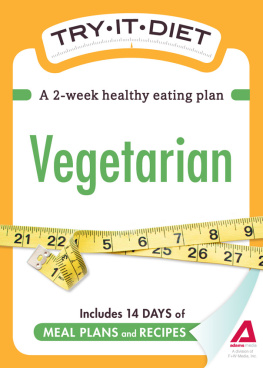


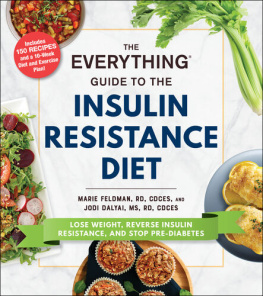
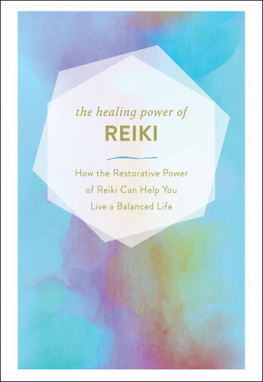


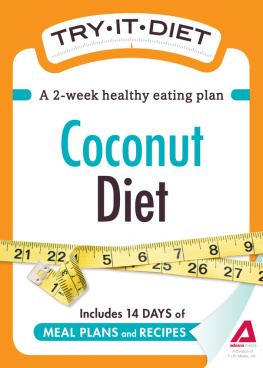

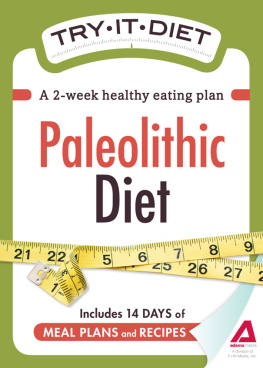

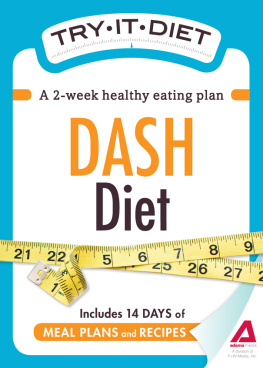
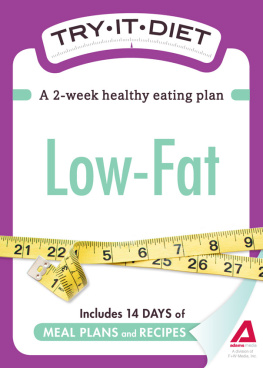
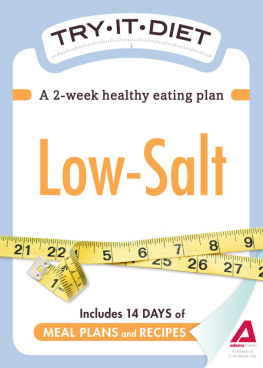



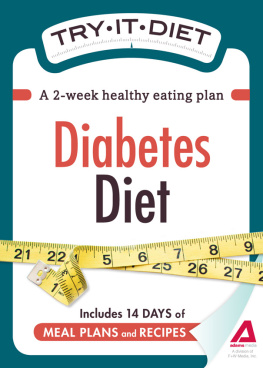
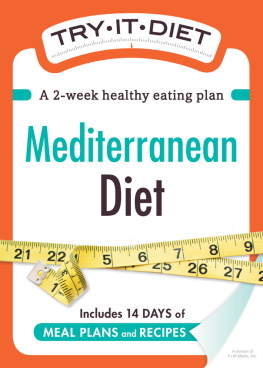

 Avon, Massachusetts
Avon, Massachusetts